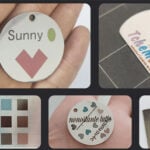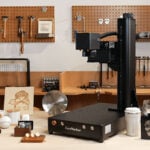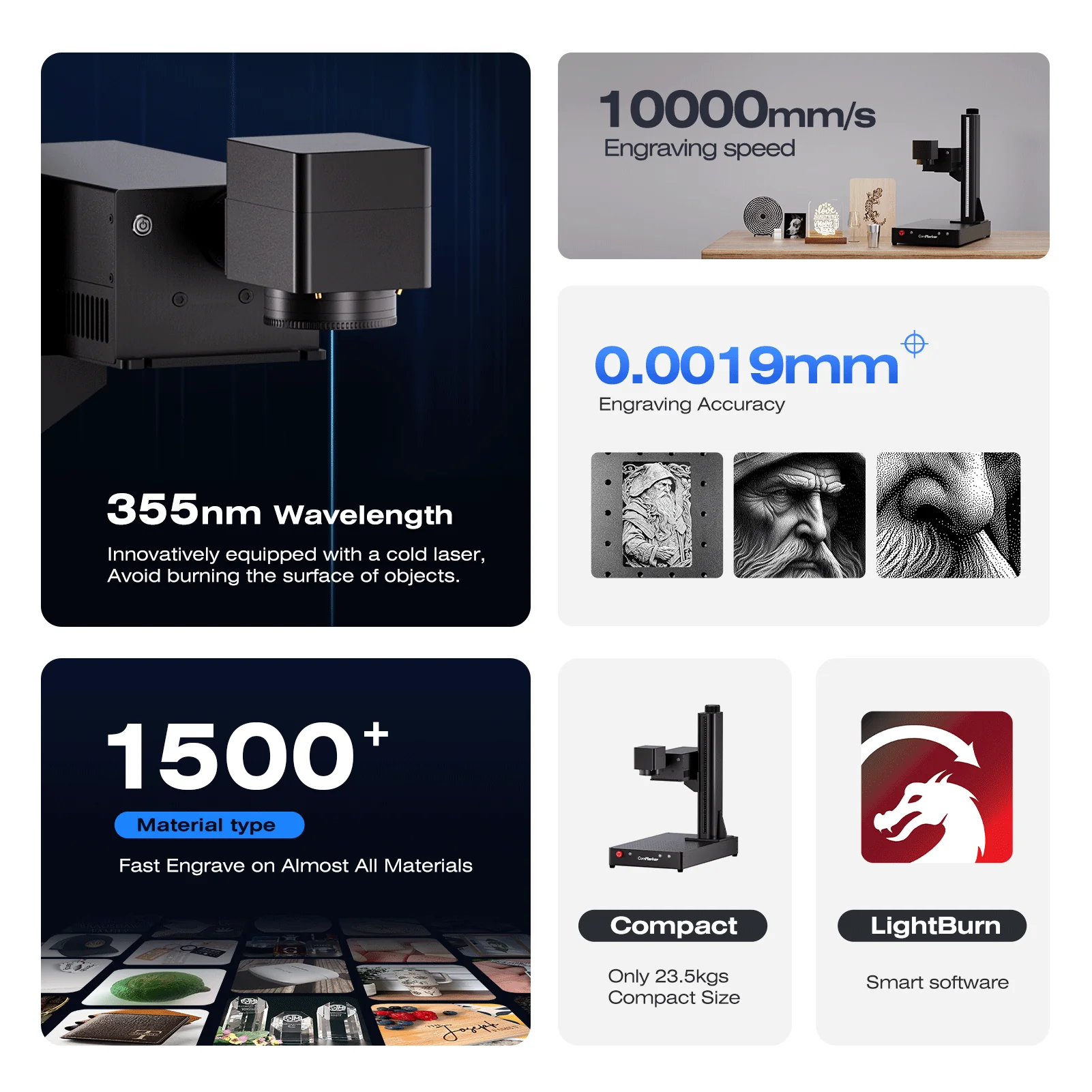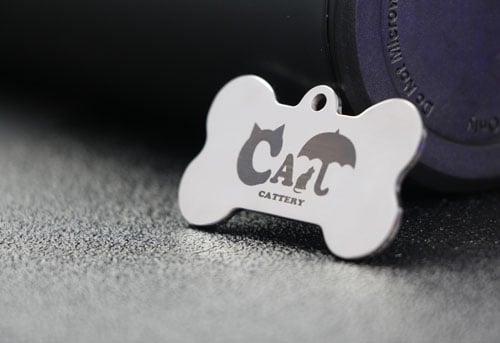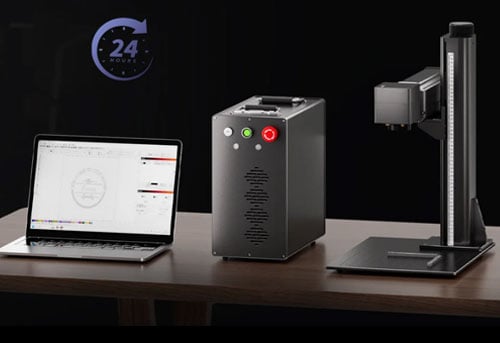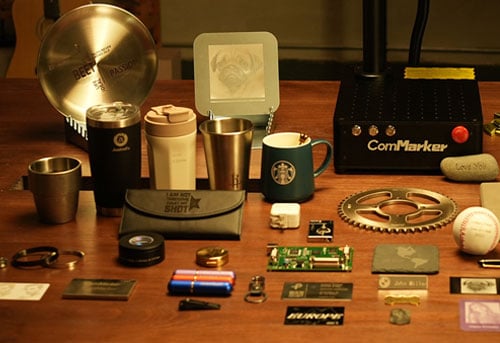In the world of laser Engravers, precision is everything. Whether you’re marking micro-sized text, engraving intricate patterns, or working with delicate materials, the quality of your final product depends heavily on the laser source you choose. Over the past few years, UV lasers have emerged as the preferred solution for applications that demand fine detail, clean edges, and minimal heat damage.
But what makes UV lasers stand out compared to CO₂ or fiber lasers? Let’s break it down.
1. The Science Behind UV Lasers
Unlike CO₂ (10.6 μm) and fiber lasers (1064 nm), UV lasers operate at a much shorter wavelength—typically 355 nm. This shorter wavelength interacts with materials differently, using a process called “cold marking” or “cold processing”.
Key Characteristics:
- Minimal Heat-Affected Zone (HAZ): Reduces burning, melting, or warping
- Higher Absorption Rate: Works well on materials that are transparent or reflective to other wavelengths
- Smaller Spot Size: Allows for extremely fine lines and intricate detail
💡 Example: While a fiber laser might struggle to engrave clear acrylic without melting, a UV laser can produce a crisp, frosted finish with no cracks or burn marks.

2. Materials That Benefit from UV Laser Engraving
One of the reasons UV lasers are gaining popularity is their wide material compatibility—especially for sensitive and specialty surfaces.
| Material | UV Laser Advantage | Example Applications |
|---|---|---|
| Plastics (ABS, PC, PVC) | No melting or discoloration | Electronics housings, keycaps |
| Glass & Crystal | Fine, crack-free marking | Awards, drinkware, luxury packaging |
| Ceramics & Porcelain | Clean, permanent marking | Mugs, tiles, medical devices |
| Metals (Coated or Uncoated) | High-contrast marks | Medical tools, watch parts |
| Leather & Organics | Subtle, detailed designs | Luxury goods, branding logos |

3. UV Lasers vs CO₂ and Fiber Lasers
Each laser type has its strengths, but UV lasers excel where fine detail and surface integrity matter most.
| Feature | CO₂ Laser | Fiber Laser | UV Laser |
|---|---|---|---|
| Wavelength | 10.6 μm | 1064 nm | 355 nm |
| Best Use | Wood, acrylic, leather | Metals, some plastics | Plastics, glass, ceramics, fine metals |
| Heat Damage | High | Medium | Low |
| Detail Level | Medium | High | Very High |
| Material Versatility | Medium | High | Very High |

4. Why Manufacturers Are Choosing UV Lasers
4.1 Electronics Industry
- Marking micro-components without damaging circuitry
- QR codes, serial numbers, and micro text
4.2 Medical Device Industry
- Permanent marks that withstand sterilization
- Meets strict regulatory requirements for identification
4.3 Luxury Goods & Branding
- Ultra-precise logos on watches, pens, and jewelry
- Subtle, non-intrusive markings for high-end appeal
5. The ComMarker Omni 1 UV Advantage
When it comes to professional UV laser engraving, ComMarker Omni 1 UV is a standout choice.
- 355 nm wavelength for superior fine detail work
- Multiple lens options (110×110 mm, 150×150 mm) for flexibility
- Perfect for plastics, glass, ceramics, coated metals, and more
- Compact design ideal for small workshops and professional studios
💡 Pro Tip: If you regularly work with mixed materials, consider pairing your UV laser engraver with a rotary attachment for cylindrical items like bottles and mugs.
6. Future Trends: Why UV Lasers Will Keep Growing
Market demand for UV lasers is expected to rise sharply due to:
- Growth in microelectronics and medical devices
- Increasing demand for customization and personalization
- Stricter quality standards in manufacturing
In fact, industry reports project the UV laser segment to grow at over 8% CAGR in the next five years, outpacing CO₂ and fiber laser growth rates in certain sectors.
Why UV Lasers Are Becoming the Go-To Choice for Fine Detail Work
In the world of laser Engravers, precision is everythin…
If your projects require razor-sharp detail, minimal heat impact, and high material versatility, UV lasers are hard to beat. From delicate plastics to brittle glass, they deliver consistent, professional results that other laser types simply can’t match.
Whether you’re a DIY maker, small business owner, or industrial manufacturer, upgrading to a UV laser engraver like the ComMarker Omni 1 can open new possibilities for creativity and precision.




